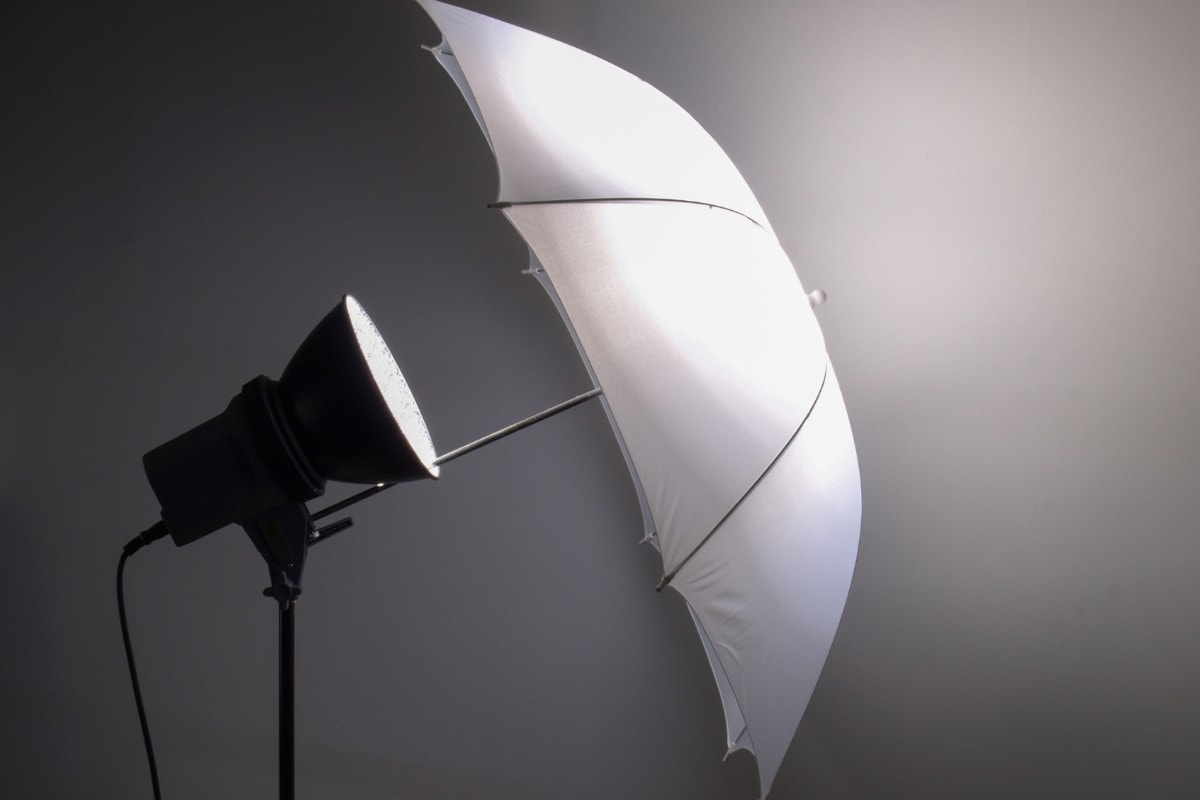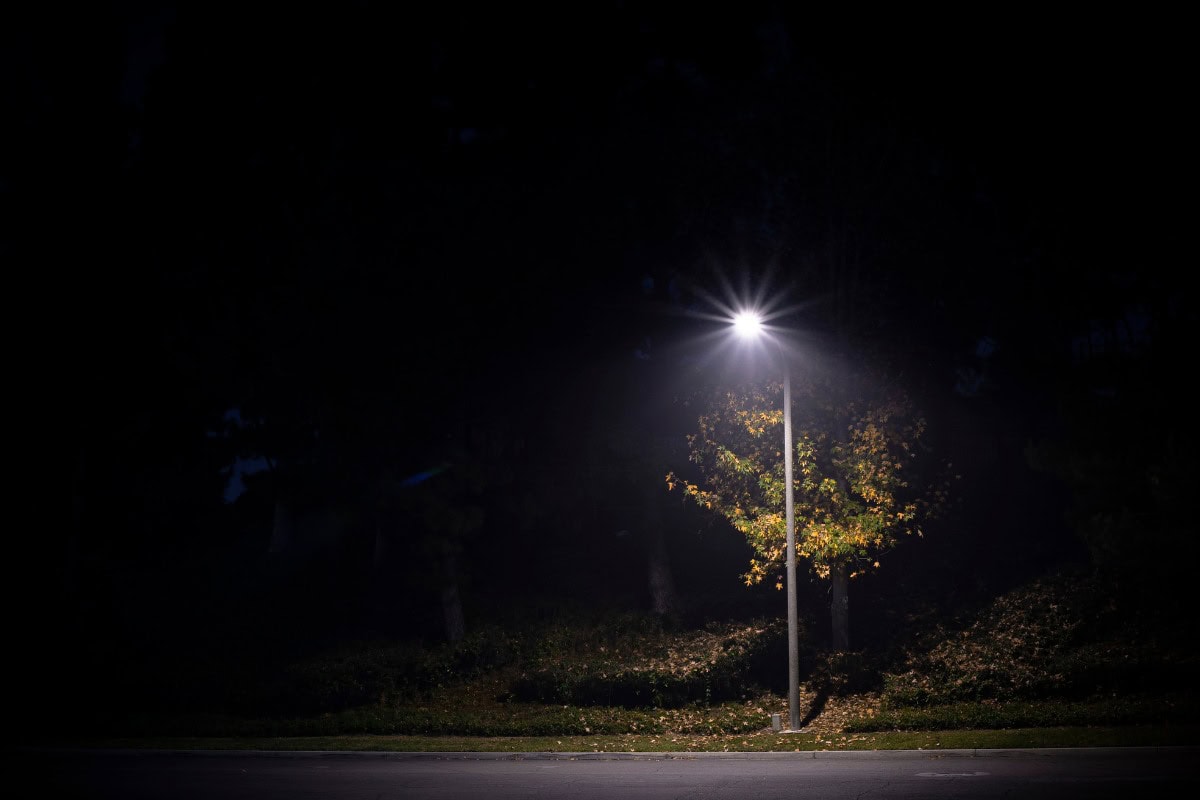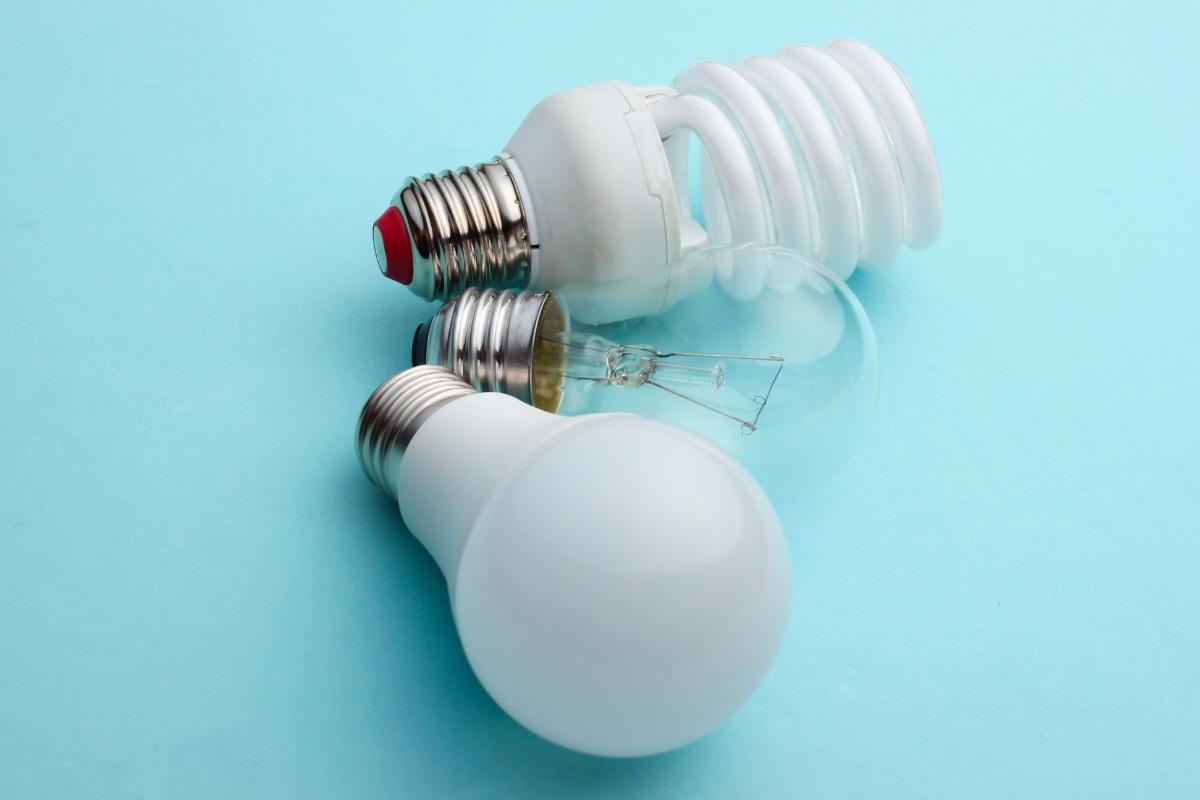What Is a Reflector
A reflector is a device or surface that redirects light in a specific direction. It is commonly used to control and enhance the distribution of light in various lighting applications. Unlike a light source that creates light, a reflector simply redirects or bounces off existing light from a source.
Reflectors are versatile tools used in photography, stage lighting, outdoor lighting, and automotive lighting. They manipulate light by providing an additional surface for the light to bounce off. By controlling the direction and angle of the reflected light, reflectors allow for more control over the lighting conditions and can create desired lighting effects.
Reflectors come in different types and colors, each serving a specific purpose. For example, silver reflectors produce more specular highlights and accentuate shiny objects, while gold reflectors add a warm tone to the image, imitating sunlight. The choice of reflector depends on the desired lighting effect and the specific requirements of the photoshoot or lighting setup.
Reflectors are also used to optimize the efficiency and effectiveness of lighting fixtures. They can be integrated into lamps and luminaires to control and direct the light emitted by the lamp, ensuring that it reaches the intended target area or work plane.
How a Reflector Works
A reflector redirects and controls the light emitted by a light source. It acts as an additional surface for the light to bounce off, allowing for greater control and manipulation of the light. Unlike a light source, a reflector does not create light but utilizes the existing light by directing or redirecting it.
When light hits the reflective surface of a reflector, it follows the laws of reflection and bounces off at an angle equal to the angle at which it hits the surface. The reflector’s smooth and reflective surface, often made of materials like polished metal or coated with reflective materials, maximizes the reflection of light.
The shape of the reflector determines how the light is reflected and distributed. Different reflector shapes, such as parabolic, elliptical, or cone-shaped, produce different lighting effects. For example, a parabolic reflector is commonly used in spotlights to create a narrow and focused beam of light, while an elliptical reflector is used in floodlights to produce a wide and even distribution of light.
The material used for the reflector can affect its performance. Highly reflective materials like aluminum or silver are commonly used to maximize the reflection of light. These materials have a high reflectance, meaning they can reflect a significant portion of the incident light.
The position of the reflector and the light source also influence the results. It is common to see photographers using reflectors held under the subject’s eye level to create fill light and natural-looking catchlights. The most ideal position for a reflector is at eye level or slightly higher.
Reflectors are important tools in the lighting industry as they allow for greater control over the direction and distribution of light. They help to enhance the efficiency and effectiveness of lighting systems by redirecting and focusing the light in a desired manner. Photographers and lighting professionals can achieve the desired lighting effects and create visually appealing results by utilizing reflectors.
Types of Reflectors
Reflectors come in various types, each designed to serve a specific purpose. The choice of reflector type depends on the specific lighting application and desired lighting effect. Factors like beam angle, light distribution, and efficiency determine the most suitable reflector for a particular lighting fixture.
Here are some common types of reflectors.
Standard Reflectors
These reflectors are everyday reflectors used with studio flash heads. They direct the light output in a 90 to 120-degree beam. The wider the standard reflector, the softer the light it produces. The shape and interior finish of the reflector can also affect the softness of the light. Standard reflectors are commonly used for shining light into bounce cards, through diffusion, and with grids or cutters.
Parabolic Reflectors
These reflectors have a curved shape that allows them to focus light into a parallel beam. They are often used in applications where concentrated and directional light output is required, such as searchlights or automotive headlights. Parabolic reflectors are designed to minimize light loss and maximize the efficiency of light projection.
Ellipsoidal Reflectors
Also known as ellipsoidal spotlights or profile lights, ellipsoidal reflectors are commonly used in theatrical lighting fixtures. They offer precise control of the light beam, including adjustable focus and sharp edges.
Specular Reflectors
Specular reflectors are made of highly reflective materials like mirrors or polished metal surfaces that efficiently reflect light. They are often used in applications where high light output and precise beam control are required, such as stage lighting or spotlights.
Diffuse Reflectors
Diffuse reflectors are designed to scatter and disperse light in multiple directions. They have a rough or textured surface that helps create a more even and uniform distribution of light. Diffuse reflectors are commonly used in general lighting applications, such as ceiling fixtures or wall sconces, where a soft and diffused light is desired.
Why Is a Reflector Important
A reflector is an important component as it allows photographers to control the direction of light by bouncing it off a reflective surface. This helps create a softer and more flattering light, whether it’s artificial light in a studio or sunlight outdoors. Photographers can also manipulate the shadows and contrasts in their images, giving them more control over the lighting effects by changing the angle of the reflector.
In a studio setting, reflectors are often used as fill lights. They bounce back the spill from a key light, helping to lower the lighting ratio on a subject and create a more balanced and even lighting setup. This is particularly useful in portrait photography, where a reflector can be an excellent first purchase for photographers looking to enhance their lighting techniques without breaking the bank.
Reflectors can also be used with strobes in photography. These metal light shaping attachments are placed on the front of strobes, whether they are studio strobes or portable battery-powered ones. Reflectors in this context help control the spill of light and can vary in angle to throw light in different directions. Some reflectors also have special textures that increase the light output and efficiency when the light needs to be thrown a long way. These types of reflectors are often used in sports photography, where it may not always be possible to position lights close to the subject.
Reflectors are not limited to photography. They are also widely used in other industries such as film production, stage lighting, and architectural lighting. In these applications, reflectors help to control and manipulate light to create the desired visual effects and ambiance. They can enhance the overall brightness and intensity of light, improve energy efficiency by minimizing light wastage, and reduce glare and unwanted shadows.
Frequently Asked Questions
What Is a Bad Reflector of Light
Dark or dull surfaces such as slate, concrete, and wood are not effective at reflecting light. These surfaces tend to absorb most of the light that hits them, resulting in very little light bouncing back. On the other hand, uneven or rough surfaces like sand, leather, and stone scatter the light that comes into contact with them.
What Type of Reflector Is Most Common
Circular reflectors are the most commonly used type of reflector. They are particularly popular for portrait photography as they create attractive, round catchlights in the subject’s eyes. On the other hand, rectangular reflectors are better suited for larger subjects that need a greater amount of light.
What Type of Reflector Can You Use at Your Home
A light reflector is commonly a wide, flat, silver surface, although photographers sometimes utilize white and gold reflectors. If you’re looking for a reflector for your home, you can easily obtain collapsible light reflectors from camera shops or online retailers. Alternatively, you have the option to create your own reflector using materials such as cardboard and aluminum foil.
What Surfaces Are Better Reflectors
Smooth surfaces are better reflectors because they have a low absorption rate. Sterling silver, which contains smooth surfaces, is known to be the best reflector of light.
Is Aluminum Foil a Good Light Reflector
Aluminum foil is indeed a great reflector of light. This is because aluminum, being a metal, has a shiny surface that allows it to effectively reflect light.









